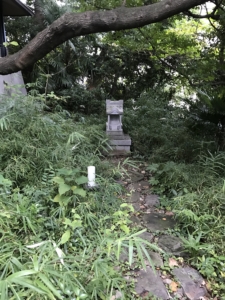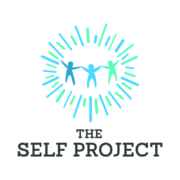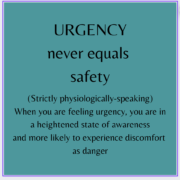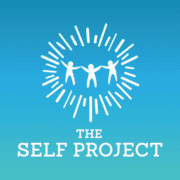When Having a Suicide Prevention Protocol isn’t Enough

A friend who is a middle-school educator and the parent of two adolescents shared with me this morning that she learned about a student her son’s age who took his own life last week. As expected, it has shaken her and caused her to examine how to respond, both as a teacher and as a parent. She said that the school district has deployed its suicide prevention protocol and, while she is grateful there is one in place, she told me that it feels “mechanistic.” It is definitely important for schools to have a set of tasks and supports available in the event that a tragedy like this happens, but the truth is, it isn’t enough, and without those protocols being grounded in secure relationships that already exist between staff and students and families, it will always feel like a checklist instead of a true, heartfelt response.
We can’t hope to deploy these resources and talking points after the fact in any effective way if we haven’t put in the effort to create strong relationships before something painful happens. Even if we as adults are sincere in our offer to be available for students and families who are grieving and frightened and angry, if we haven’t established – through a pattern of behavior they can trust – a connection before, it is unlikely that those who are in the most pain will feel comfortable coming to us. And if we haven’t processed our own grief and pain, or at least identified them, we will appear to be unsympathetic or simply going through the motions.
My friend noted that, over the years, this particular student had been noticed by many different teachers who wanted to find a way to help him. All too often, protocols and standard practices serve to prevent us from creating caring relationships with students who could use our support. Whether it is a culture that encourages school staff to see certain things as their purview (education and behavior management inside the school setting or hours) and assign others to families (deeper emotional and adjustment issues), or one that encourages them to be hands off for fear of liability, those things stand in the way of building truly supportive connections with students. It may be that class sizes prevent teachers from being able to connect with all of their students or a lack of resources means that there isn’t a skilled, trained staff member who could build a relationship with a student and their family. Whatever the barriers are, if we aren’t working to be in relationship with our students and their families or caregivers, when something like this happens, we won’t be able to provide the kind of support that is most profound and meaningful, even with a list of well-researched actions and scripts in our back pocket.
We know that students learn best when they feel as though they are in connected relationships with their teachers. We also know that they learn best when they are supported at home. Having a suicide prevention protocol might look good from the outside, but if we aren’t using it in the context of foundational relationships with students and families who believe that they can trust us and speak honestly about their struggles, it doesn’t amount to much. It is up to us to do the hard work of creating connections between teachers and students and families so that when there is a tragedy, we can rely on our relationships to hold us all as we grieve.









Leave a Reply
Want to join the discussion?Feel free to contribute!